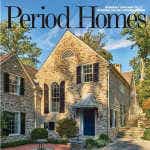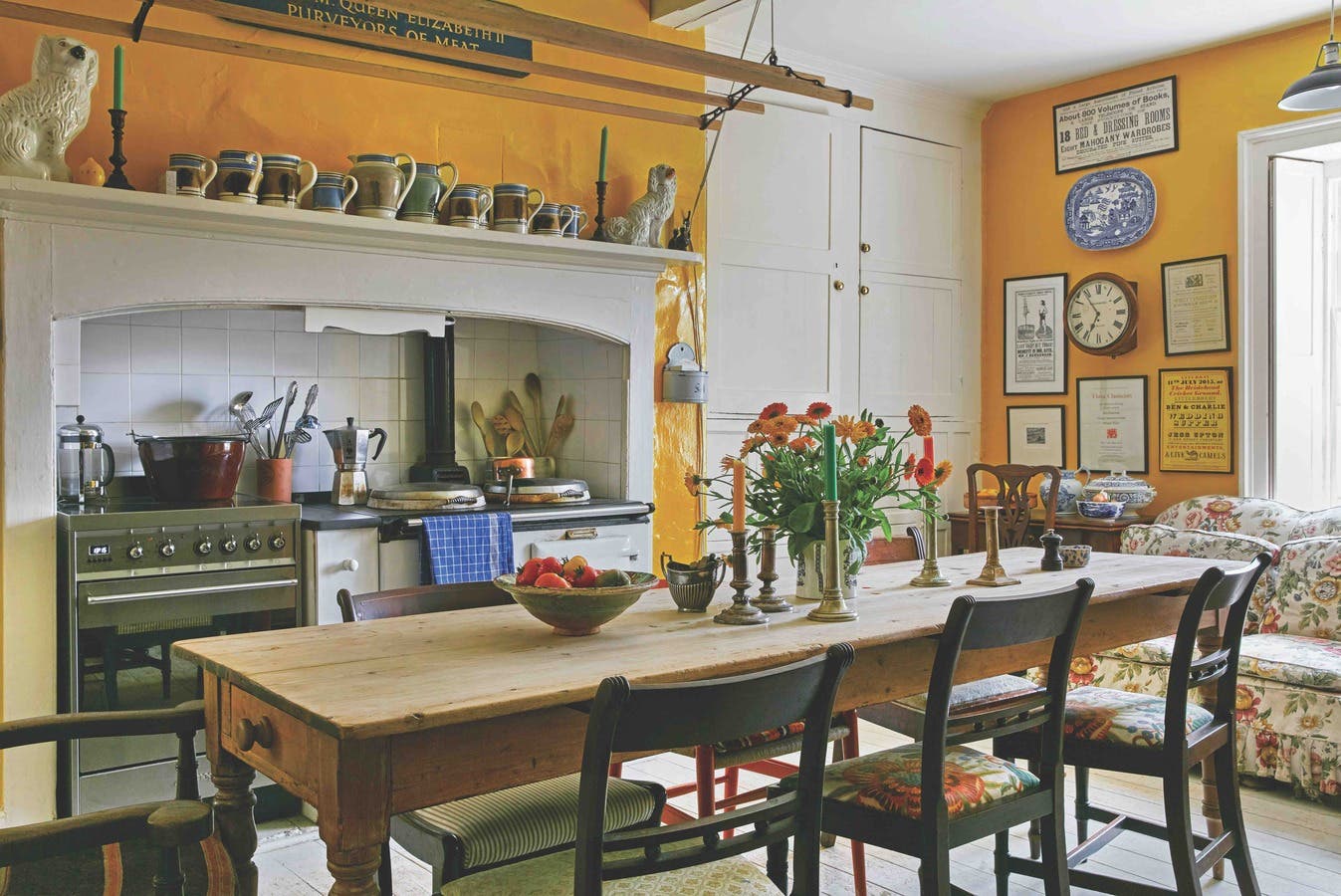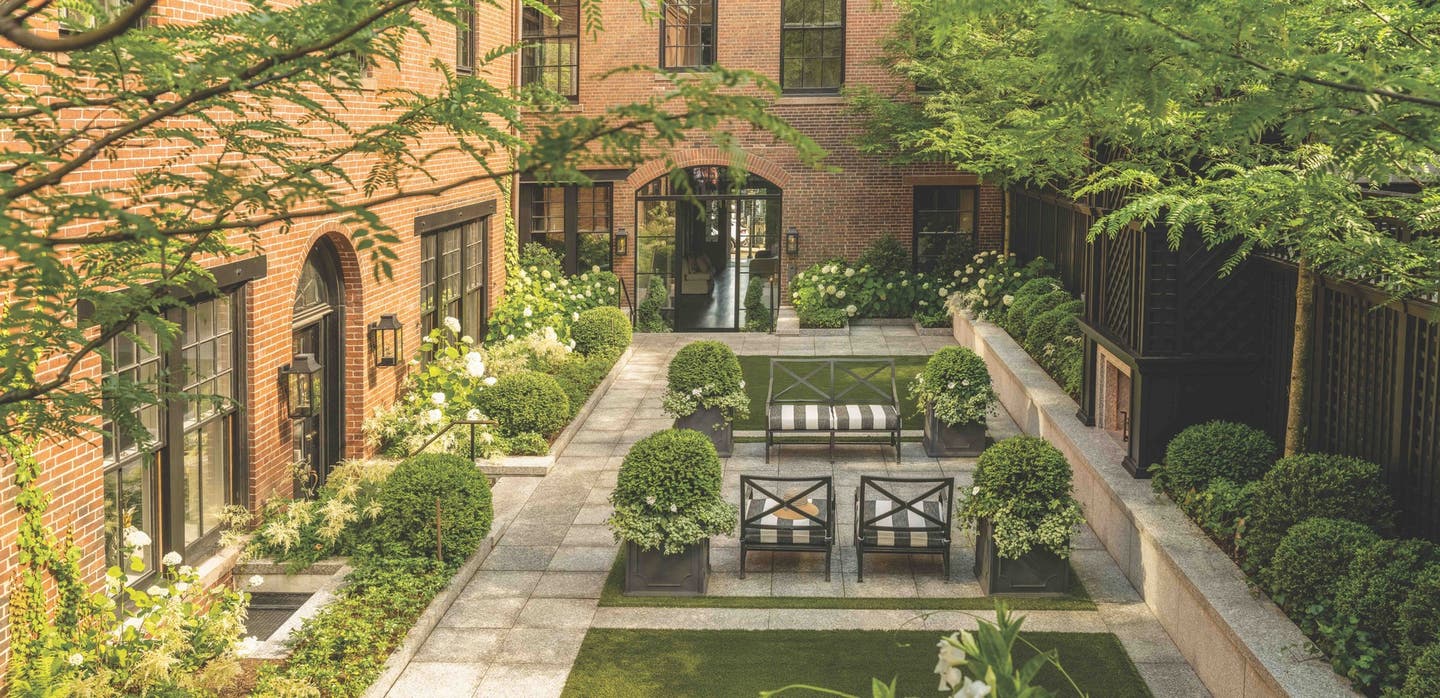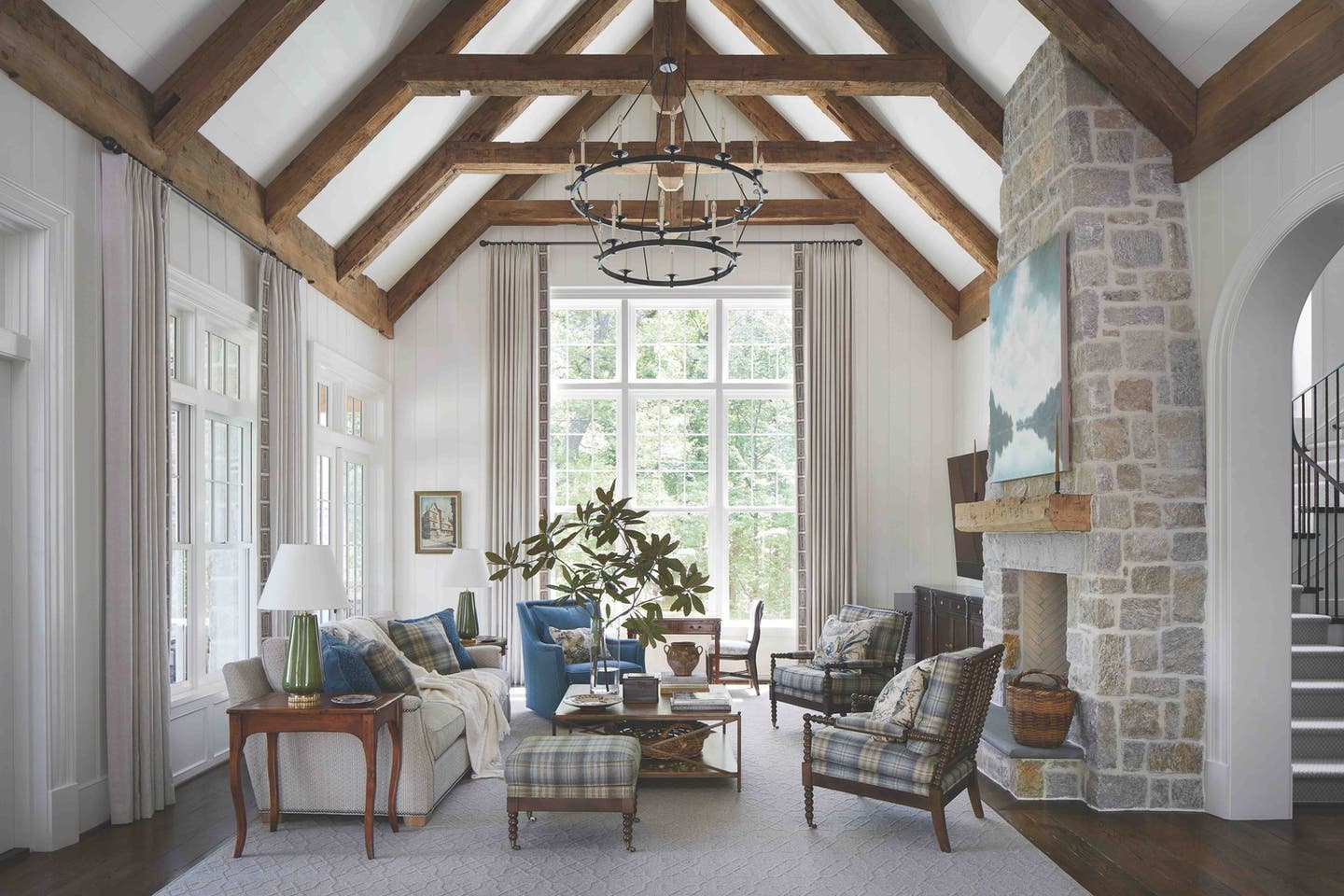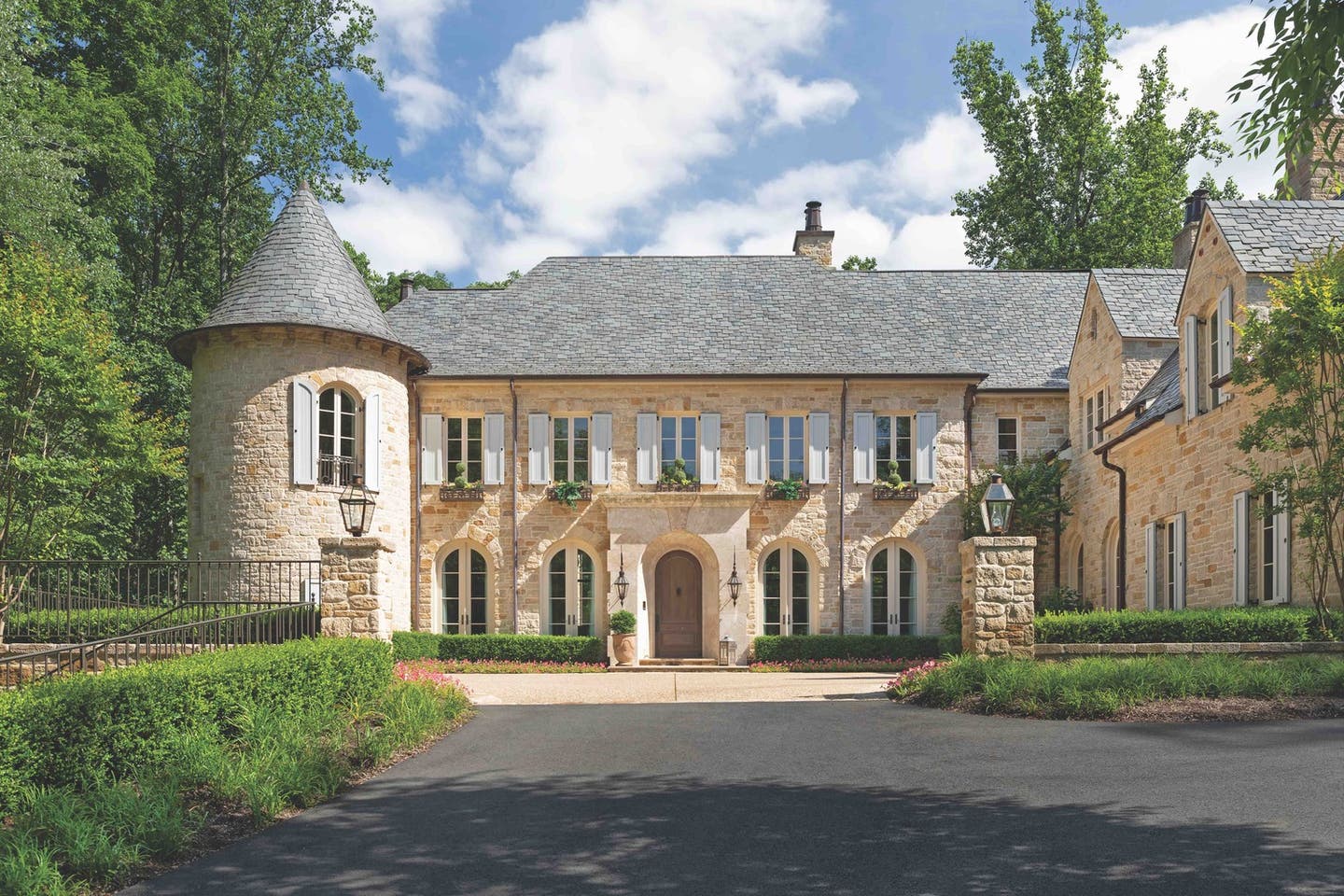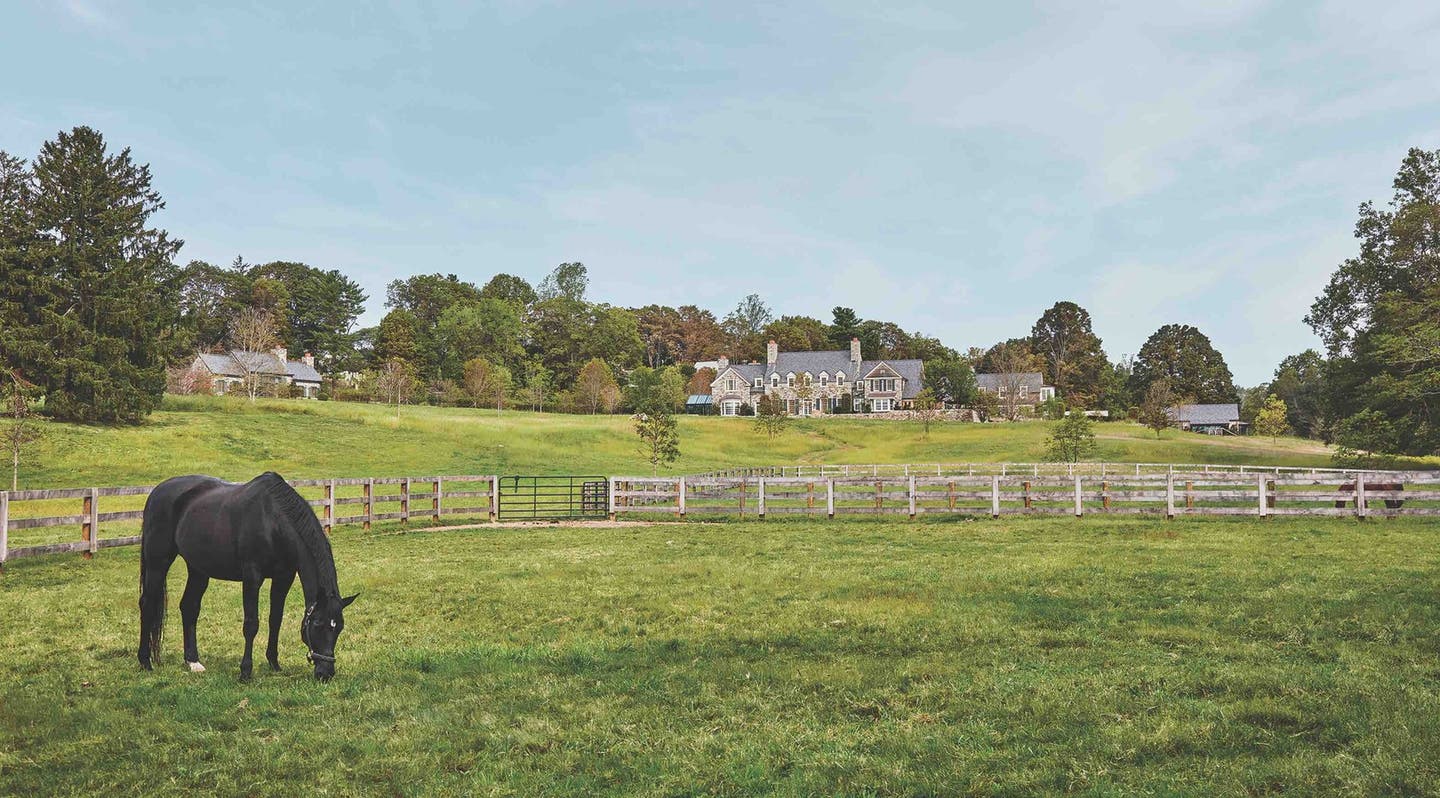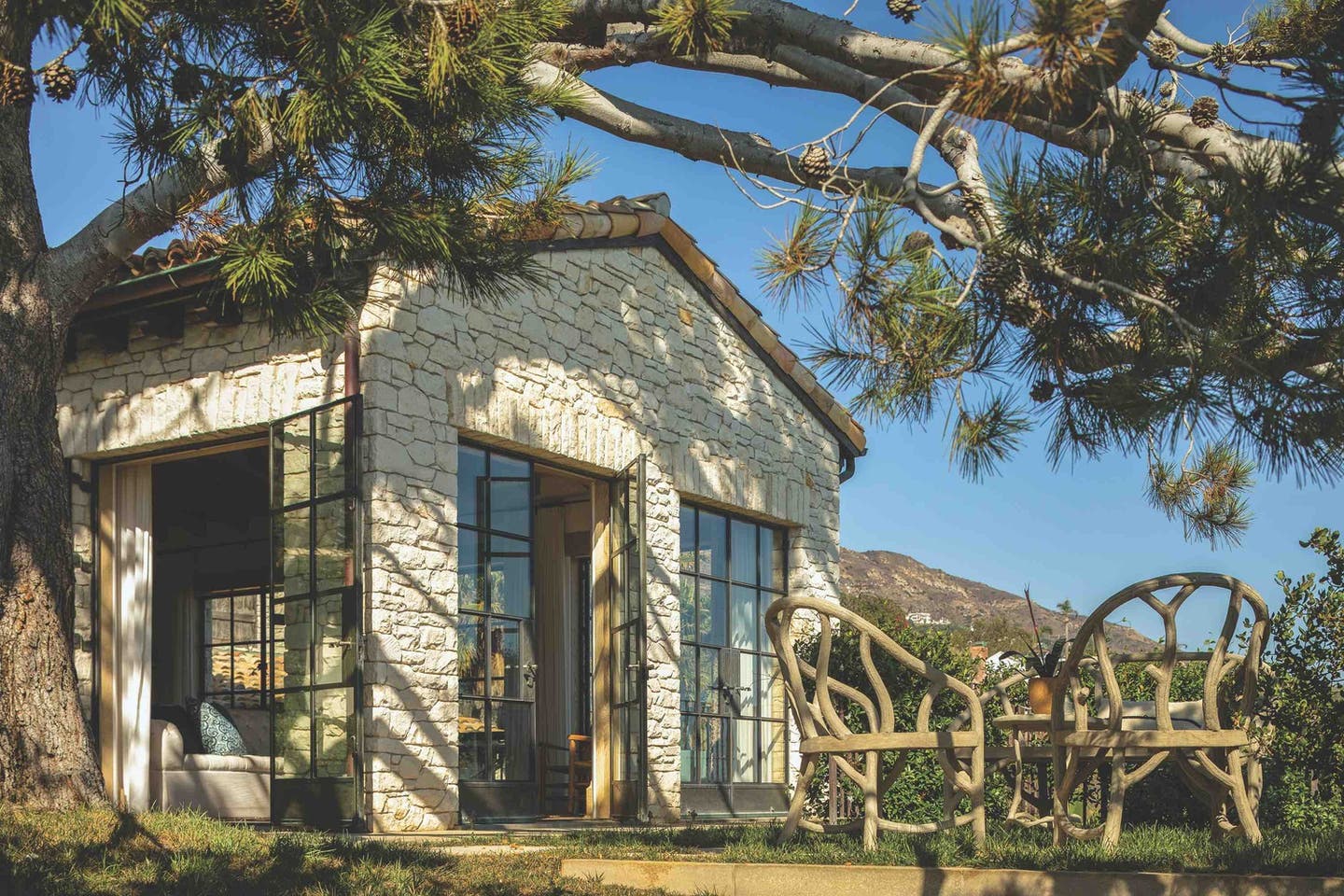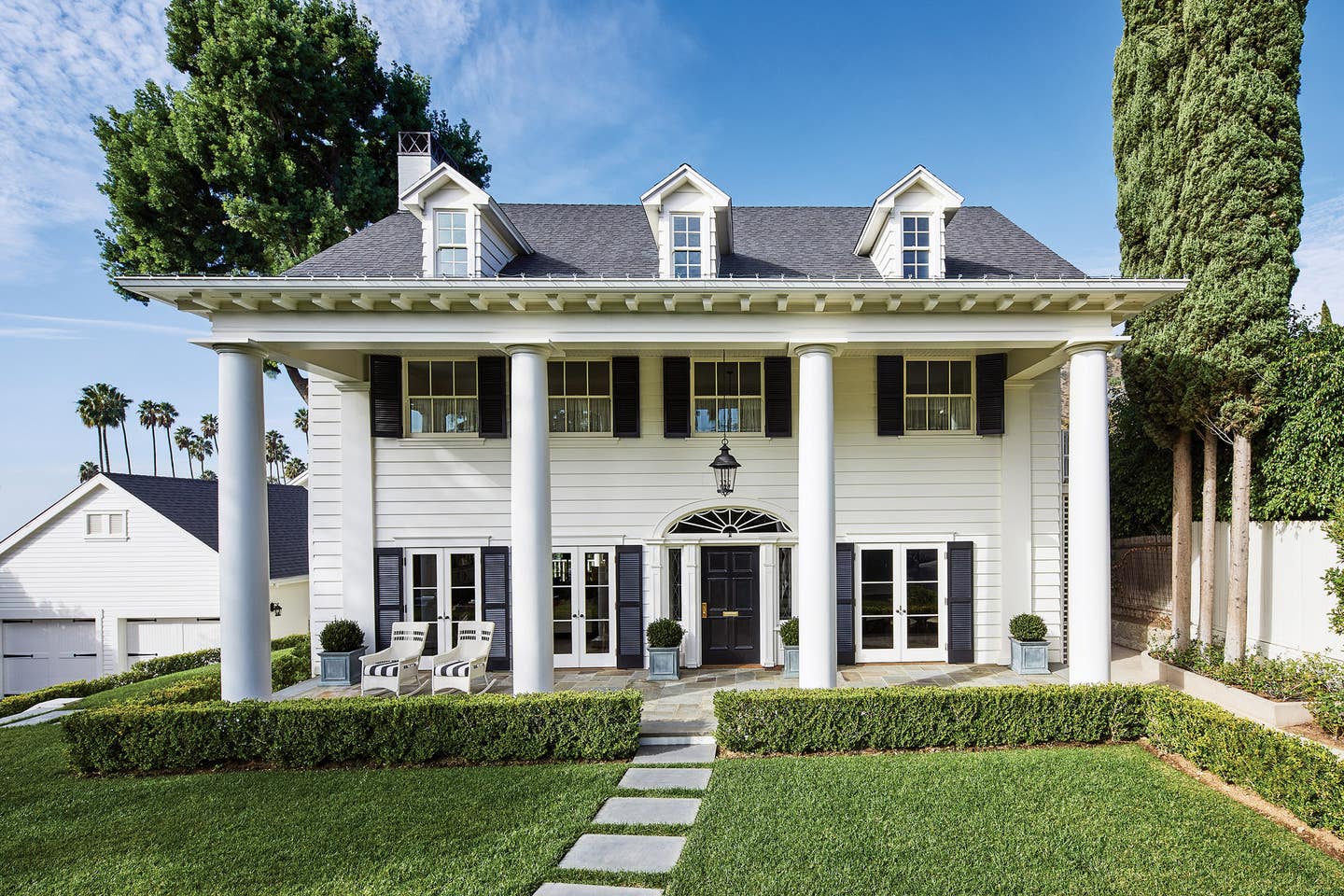
Restoration & Renovation
The Renovation of the Orson Welles Estate
Project Orson Welles Estate Renovation
Architect Tim Barber, Ltd
It’s not every day that the 1920s Neoclassical Revival home of a Hollywood legend is listed on the market. Especially when that legend is late actor, screenwriter, and director Orson Welles, the mastermind behind films including Citizen Kane, Touch of Evil, and The Trial. But, the beloved Hollywood Hills home, badly deteriorated and suffering a series of unsympathetic renovations by subsequent owners (think an unsightly, problematic steel spiral staircase; aluminum windows; a neglected and overgrown yard; and a family room that had settled and sloped more than six inches), was hardly move-in ready.
Homeowners Dan Harries and Andrew Fayé welcomed the task and purchased the estate for themselves and their daughter. They also enlisted the help and expertise of notable architecture firm Tim Barber, Ltd. “We were initially referred to the client by Alison Sweeney [an actress and a client that we really enjoyed working with], and they had just renovated a 1912 Craftsman home. They had an appetite for a bigger project,” explains Barber, principal of the 25-year-old firm known for numerous restoration projects by the likes of John Lautner, Greene and Greene, and Sumner Hunt. “They were really into the process and ready for the challenge of doing something pretty difficult, so that was exciting to us.”
The initial concept for the home, now totaling 5,582-square feet, was to restore the property while preserving the integrity of the original architecture, with modern updates for the couple and their then-preteen daughter. “The house was a disaster,” recalls Barber. “When he [Welles] was living out the last of his days there, he had added some really idiosyncratic pieces to it and interior arrangements so that he could move the bedroom to the first floor and created a bathroom of some sort. It was pretty decrepit and the maintenance was really deferred.”
For the major $1.7-million overhaul, the intent was to pay homage to Welles’s past and create a warm and inviting space for the family with ample zones for entertaining. “We follow one school of thought [of The Secretary of the Interior’s Standards] pretty ardently, which is when you’re working with an older home of any sort, it’s really our obligation to return it to be as respectful and original as possible. However in new work, the standards are often interpreted that it must be completely recognizably different from the original work, and in our case, we strove not to do that,” explains Barber. “Anyone can tell that the back of the house, which I would say is more Charlestonian in its language where the front is very plantation in its language, I find it respectful. And, even the guesthouse is really more farm vernacular than the front of the main house, but we wouldn’t want to make it all plantation-style because it’s 2019. However, we also don’t want to introduce a glass box. When we’re doing historic work we strive to make it both recognizably different, but really sympathetic.”
The property highlights include a new attic staircase; a restored foyer and front porch; refurbished fireplaces and chimneys; a black-and-white tiled master bath designed as a nod to the 1920s and 1930s with tile from Gardena, California–based tile purveyor B&W Tile Co.; a master closet with vestibule; wraparound covered porches; a renovated basement, guest suite, rec room, and gym; a reconceived guesthouse; and a kidney-shaped outdoor pool with new coping. “One of the most standout features of the home is the rear, wrapping-covered porches on the first and second floors,” adds Kirk Snyder, director of design, AIA, LEED AP. “The addition of these [two] porches affords the neighboring rooms to be opened to the covered spaces, allowing for a true connection to the outdoors and incredible views of the surrounding hillside. They also play on the plantation style of the home, adding to the authenticity of their addition and cementing the merging of the old with the new.”
Barber and his team also added subtle and deliberate winks to Welles’s legacy, including a wine room with a small display of memorabilia like movie posters and correspondence procured by Harries and Fayé, and an asymmetric east façade. “One of my favorite devices in this house is what we did to identify the front door,” adds Barber. “The original façade had no symmetry and the columns were symmetric, so the front door didn’t line up with anything. It was sliding slightly behind one of the columns, so we surveyed a precise angle out the front door between the two columns, and where it hit the front fence is where we placed the opening gate for visitors.” With the reinvented design, the home appears to be entirely symmetrical to visitors waiting to be buzzed in at the main gate. “It’s trompe l’oeil in landscape design,” adds Barber. “But I think it was our way of trying to at least give you the first impression of a grander, more classic house because the front door appears to be centered between the columns even though it’s not.”
After completing the main house, phase two began on the guesthouse, once the chauffeur’s living quarters. “The ‘story’ or narrative, which the owners more eloquently describe, is to imagine that the guesthouse was built in the 1930s, after the 1920s main house,” says Ari Engelman, senior project manager, AIA, of the new one-and-a-half-story structure outfitted with a guest suite and a rec room. “The exterior complements the style of the main house, but it has more of a 1930s vibe, which is perhaps best seen in its Art Déco/1930s-style bathrooms and wet bar.”
Now, the fully renovated estate, used for frequent family gatherings and dinner parties, is a perfect blend of past and present. “In this case, we don’t know how Welles would have lived and we didn’t know what the original architect’s intent was for the back of the house, so we made our own narrative,” says Barber. “That it was Welles’s home and it has this really impressive façade was worth the effort to make it right.

